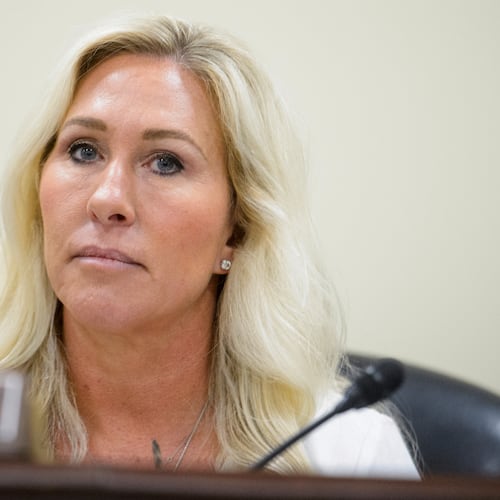President Obama promised in 2010 to “reduce oil consumption by 35 percent, or 10 million barrels, by 2030.”
But U.S. oil consumption has continued to rise.
Earlier this year, we rated the promise Stalled, as new laws were passed, or in the works, to attempt to bring down oil consumption. But because the promise lasts until 2030, there weren’t any final numbers.
The numbers still aren’t final, but this promise is not looking on track for 2030.
In 2009, the United States consumed 18.7 million barrels of oil every day. In 2015, the U.S. consumed more, about 19.4 million barrels per day.
Government predictions don’t give Obama’s 2030 goal any more of a boost.
Petroleum and other liquids will continue to make up the largest share of total U.S. energy consumption through 2040, and will average around 20 million barrels a day, according to the the U.S. Energy Information Administration (EIA).
Earlier this year, the government passed new regulations for vehicle fuel efficiency. Because of the new regulations, the EIA expects the transportation sector to take up 63 percent of the total liquids consumed in 2040. It was 72 percent in 2015.
The new light-duty car regulations for model years 2017 to 2025 are expected to cut oil imports by 400,000 barrels per day, and when combined with the rules for model years 2012 to 2016, imports are expected to drop by more than 2 million barrels per day by 2025.
In addition, the 2014-2018 fuel economy standards for medium- and heavy-duty vehicles are expected to save 530 million barrels over the course of the vehicles’ lifetimes, according to the Center for Climate and Energy Solutions.
However, consumption of petroleum and other liquids is expected to rise in the industrial sector, and even with the new car regulations, the EIA is projecting the U.S. to use 19.1 million barrels per day in 2030.
Dan Welch, a transportation policy expert at the Center for Climate and Energy Solutions, said that the new vehicle regulations will help save a considerable amount of oil, but overall consumption is offset in part by consumer choice in less efficient vehicles, and that the American population is driving more.
“It’s difficult to reduce petroleum consumption, even if the vehicles are more efficient, if the vehicles are being driven more,” Welch said.
That being said, the United States is using less oil than the government originally expected. In 2010, the EIA expected the 2015 oil consumption rate to be at 20.2 million barrels per day, and 21.5 million barrels per day in 2030.
But despite new regulations, U.S. oil consumption is not on track to drop by a dramatic enough pace to satisfy the requirements of Obama’s goal.
We rate it Promise Broken.
Will “reduce oil consumption overall by at least 35 percent, or 10 million barrels of oil, by 2030.”
Barack Obama
About the Author
Keep Reading
The Latest
Featured



